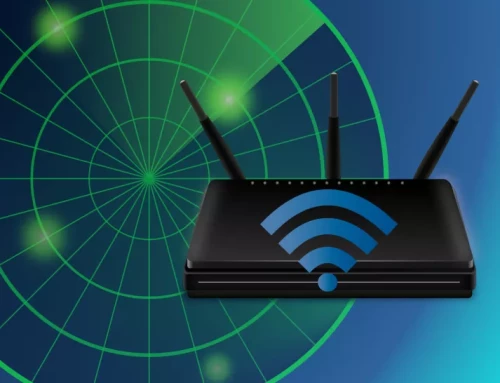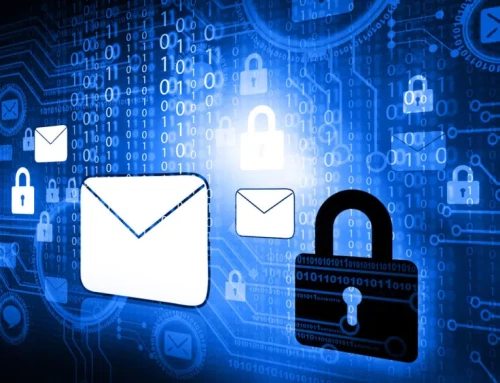Secure file sharing
Introduction:
File sharing has become a crucial aspect of both our personal and professional lives in the current digital age. The security of our data is crucial, whether we’re working together on projects, sharing confidential documents, or sending files to friends and family. Adopting secure file-sharing procedures is essential given the increase in online threats to our data. In this article, we’ll examine the value of secure file sharing and go over the best ways to guarantee the privacy, availability, and integrity of your files.
Importance of:
Protection from unauthorized access: Secure file sharing makes sure that only people with permission to access your files can do so. Your sensitive data is protected from unauthorized users by encryption, access controls, and authentication procedures.
Data privacy and compliance: Many sectors, including the financial and healthcare sectors, have specific regulatory requirements for safeguarding sensitive data. Organizations can adhere to data protection laws and protect customer data by using secure file sharing.
File sharing without adequate security measures can also lead to data breaches. Sensitive information can be exposed to cybercriminals and the risk of a data breach increases. Will implement secure file-sharing protocols. The risk of unauthorized access is reduced. And the potential damage from a breach is minimized.
Best Practices for:
Encryption: Encrypting your files makes sure that even if they are intercept, no one else will be able to read them. To protect your data while it is in transit and at rest, use robust encryption algorithms.
Secure file transfer protocols: Instead of using less secure options like FTP (File Transfer Protocol), choose SFTP (Secure File Transfer Protocol) or HTTPS (Hypertext Transfer Protocol Secure). During file transfers, these protocols offer encryption and data integrity.
Implement strong password policies for accessing shar files to ensure password security. To add an additional layer of security, promote the use of distinct, complex passwords and enable options like multi-factor authentication (MFA).
Controls over file access: Only give people who actually nee them access to files. To guarantee that users can only access files and folders pertinent to their roles and responsibilities, implement role-bas access control (RBAC).
Platforms for secure collaboration: Select file-sharing services with features like end-to-end encryption, secure authentication, and audit trails that place a high priority on security. Select platforms with a track record of protecting user data after conducting careful research.
Maintain your file-sharing software and applications up to date with the most recent security patches by performing regular software updates. Hackers may be able to take advantage of vulnerabilities in outdat software.
Employee education and awareness: Inform staff members about safe password practices, secure file-sharing procedures, and how to spot phishing scams. To encourage a culture of security within your organization, regularly remind them of security best practices.
Conclusion:
Protecting your sensitive data from unauthorized access, data breaches, and other online dangers requires secure file sharing. May implement strong security measures such as encryption, secure protocols, access controls and staff training. You can ensure the privacy and integrity of your files. Keep in mind the most recent security practices. And periodically review and update your file sharing procedures for changing threats. By putting security first, you can confidently share files in our increasingly digital world knowing that your data is safe.






